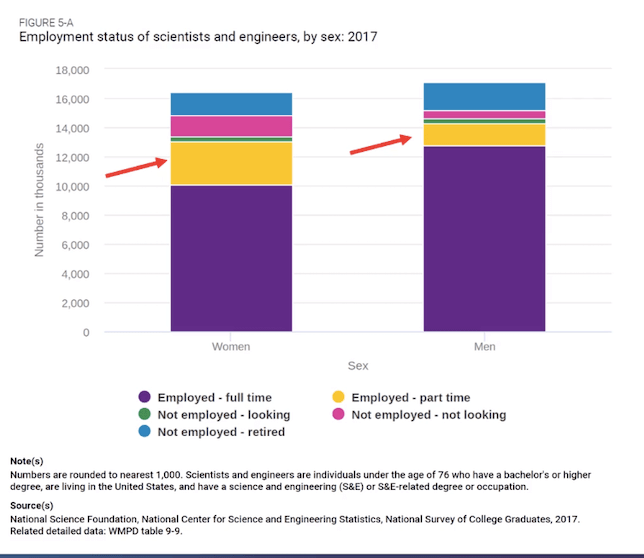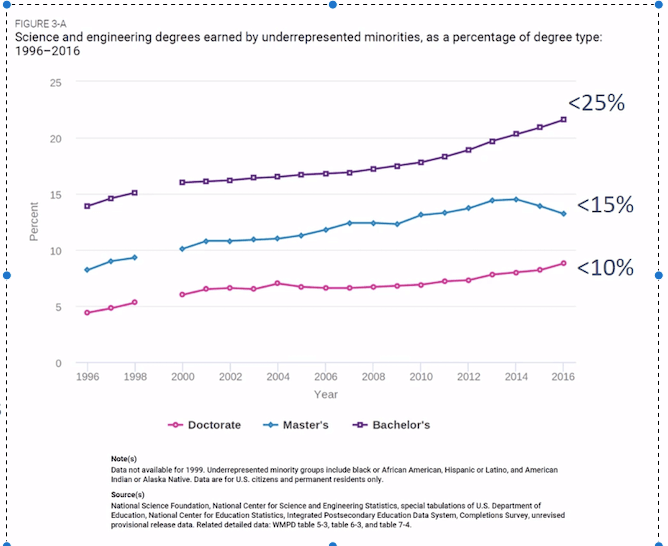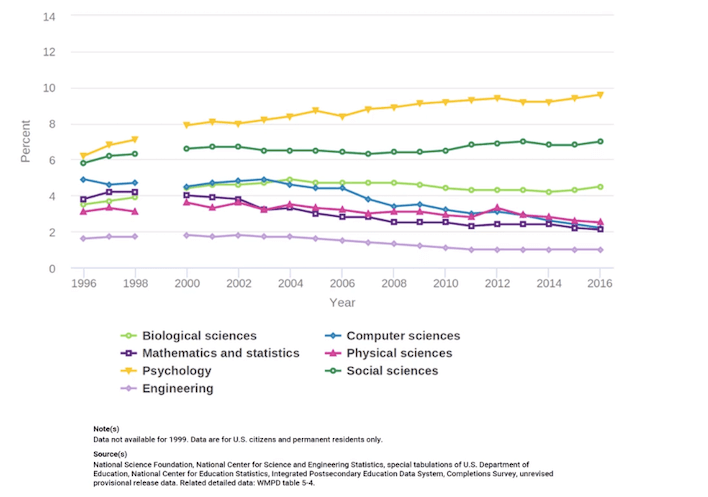A headline on CNN Business caught my eye last night: Working mothers are quitting to take care of their kids, and the US job market may never be the same. I started reading and went down a rabbit hole of related articles that revealed a few things: Unlike the recession of 2008, this “pandemic recession” is impacting more women than men, and according to the IMF, may “roll back gains in women’s economic opportunities.” This is not only because more women are being laid off due to the sectors hit hardest such as hospitality and tourism, but also because women shoulder more of the childcare burden and are choosing to sacrifice careers for their families.
By pure coincidence, this topic of discussion also came up during our monthly SemiSister Happy Hour, as those of us with children of all ages at home, from infancy to college, shared how they were juggling their jobs and the needs of their families while working from home. Bottom line: it’s not easy to focus with a toddler clamoring for attention, or a teenager who’s trying to get out of doing online schoolwork.
In a separate but related conversation with my daughter, who just started a Ph.D. program in pharmaceutical sciences, l learned that she was one of only two candidates in her program because of international visa restrictions due to COVID 19. Several of her colleagues from China were still trying to get their visas.
All this got me thinking about all the work our industry is doing to create diversity and inclusion in the workplace. What impact will COVID have on these efforts? Let’s take a look.
Diversity and Inclusion is Good for Business
Both ECTC and SEMICON West featured diversity and inclusion panel discussions and presentations about how to recruit and retain a diverse and inclusive workforce. In her recent blog summarizing presentations at SEMICON West, Margaret Kindling cited the growing body of research that shows how diversity and inclusion is just plain good for business: it fosters innovation and productivity and improves profitability. Diverse teams solve problems faster and make better decisions. This extends beyond merely gender diversity to include different ethnicities, races, socio-economic backgrounds, and the LGBTQ+ community.
Why Is It so Hard to Find and Retain a Diverse Workforce?
Despite the clear understanding of the benefits of diversity and inclusion in the workplace, data show that the needle is moving slowly, and in some cases, it’s moved in the wrong direction.
In her ECTC presentation, Allyson Hartzell, Veryst Engineering, provided some sobering statistics showing that between 1982 and 2017, the female engineer population in the United States rose a mere 8.1%. “I’ve been working for 38 years and I thought it would be better than this. I thought it would be 50% by now,” she said. “The data is miserable. We have to do better because we can’t do worse. This is a national tragedy.”
The problem begins at the university level, where, according to this article by Mark Crawford, of ASME, women are still battling stereotypes, lack female engineering role models, and have misconceptions of what it is like to be an engineer. Despite performing better than men, they are more likely to change their major because they lack confidence in their own skills.
Additionally, once women have engineering degrees, data shows that they are more likely to work part-time than men because between professional careers, parental responsibilities, and general caregiving, women continue to have more roles (Figure 1).

Hartzell also looked at statistics for underrepresented minorities (Black, indigenous, people of color (BIPOC), Hispanic, and Latinx) —including men, women, and LGBTQ+, and noted a decline in master’s degrees due to lack of available funding in the past few years. (Figure 2)

She drilled down further to peel away the layers of STEM type degrees for BIPOC women only, and while bachelor’s degrees in psychology are on the rise, over time, degrees in engineering, computer science, and math are declining among this cohort (Figure 3).

What Can We Do About It?
Lots can be done, but we can’t expect change to happen overnight. It begins by changing the stereotypes communicated to girls and boys as early as middle school and continues through university. On the hiring front, it requires changes to recruitment practices and continues with building a culture of inclusion. As Lam Research’s Lubab Sheet-Davis says, “Diversity is a metric. Inclusion is a practice.”
Recommended recruitment practices include:
- Using inclusive language in job postings
- Casting a wider recruitment net by using social media platforms, career fairs, career sites, and educational institutions that serve minorities
- Consider alternatives to high-level degrees as job criteria, such as training programs and apprenticeships
- Assemble a diverse hiring committee trained in diversity and inclusion
- Set a consistent set of evaluation procedures and stick to them
- Call out inclusive benefits such as maternity/paternity leave and flexible hours
I don’t have to look much farther than to members of the 3D InCites community to see that this message has taken a firm hold at many companies in our industry. They have implemented initiatives to not only improve the numbers but to create an inclusive culture so that employees want to stay.
In a video interview with FormFactor’s senior manager of talent acquisition, Sarah Shield, she talked about the company’s STEMinist initiative. She defines the word as “A champion for equal representation in science, technology, engineering and mathematics field.” You can watch the video here.
At Brewer Science, as of 2019, 40% of its executive team are women. Overall, the company Averages 10-25% more women in technical jobs, leadership roles, and total workforce than most technology leaders in the semiconductor industry. Brewer Science does a considerable amount of community outreach to promote STEM education, such as a summer internship program for teachers who then take back the skills they learned to their classrooms.
At FRT, employee representation comes from 17 different countries of origin, 33 percent of which are women between 23 and 60 years. The company’s hiring strategy is completely independent of gender or sexual orientation. Unique characters are underlined with positive appreciation, and individuality is encouraged.
Finally, at SPTS as of 2019, 22% of recent graduates hired and 15% of the apprentices are women. The company is focusing on increasing the number of female recruits through more female representation in recruitment material and events. The company is also involved in a Women in STEM initiative with the Welsh Government and participate in a STEM Ambassador program. Enhanced benefits to increase retention, including maternity and paternity leave and flexible work hours for all, has resulted in 100% of employees returning after maternity leave.
So back to the original question: What impact will the pandemic have on D&I efforts? Unlike other industries, it may turn out to have a positive effect, as working remotely proves to be as productive as working on-site and allows for hiring from anywhere in the world for any job. Only time will tell.



















